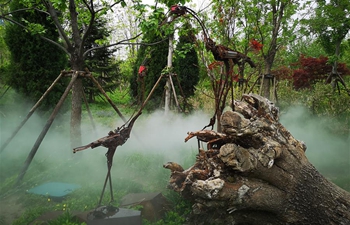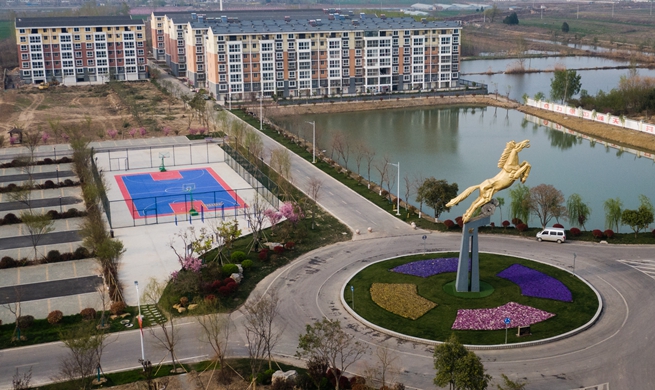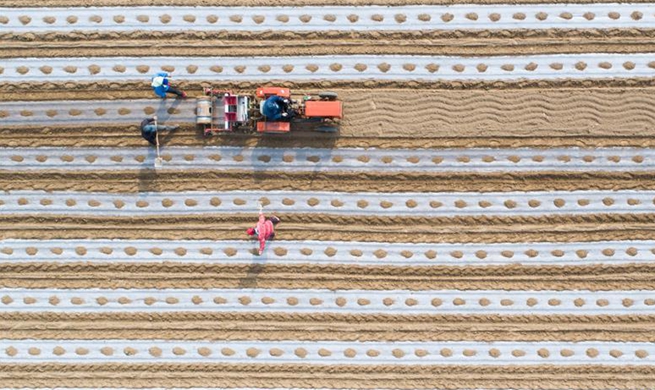BEIJING, April 20 (Xinhua) -- The following are highlights of China's key news on archaeology from the past week:
-- China confirms oldest tomb with squatting owner
A 13,500-year-old tomb with a headless woman "squatting" inside was confirmed as the oldest Chinese tomb where the owner was laid to rest in a certain posture.
The tomb is part of the Qingtang ruins in the city of Yingde, southern China's Guangdong Province. From within the tomb, archaeologists have unearthed remains of a female aged between 13 and 18 years old with her head missing for unknown reasons.
It is the oldest tomb found in China with a squatting owner or an owner whose body was deliberately placed in a specific position, said Liu Suoqiang, who heads the Qingtang ruins excavation project.
-- 17,000-year-old pottery fragments found in southern China
Chinese archaeologists have found pottery fragments dating back about 17,000 years in southern China's Guangdong Province.
The paleolithic pottery fragments discovered in the Qingtang ruins in the city of Yingde provide more proof that southern China might be the first region where pottery was ever produced.
More than 10,000 pieces have been unearthed in the ruins since 2016 including fossils of human bones, stoneware and pottery.
-- China improves Great Wall protection
China's National Cultural Heritage Administration has vowed to strengthen the protection of the Great Wall, which is more than 21,000 km long.
The protection and restoration work should ensure that the Great Wall relics remain where they originally existed and maintain their original look.
The Great Wall, a UNESCO World Heritage Site, consists of many interconnected walls, some dating back 2,000 years.

















